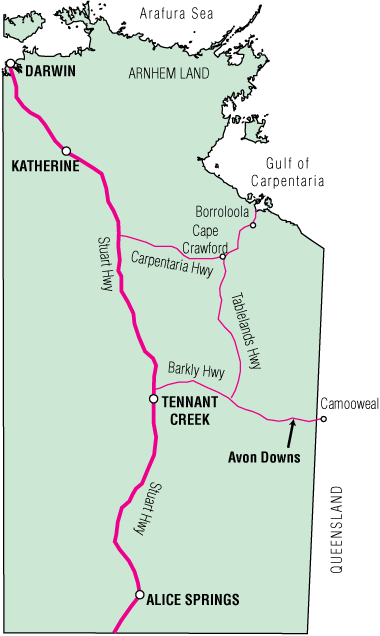We were cruising at 5000 feet, enjoying beautifully clear winter weather, just south of Tennant Creek in the Northern Territory. My friend Don and I were flying in his Cessna 182 and about to turn east and follow the Barkly Highway to a large cattle property known as “Avon Downs”. We were planning to visit an old patient — let’s call her Claire. Originally from England, she was working for the South Australian Government in the NT looking after Aboriginal children in a kindergarten.
- Anthony H T Hodgkinson1
- Sydney, NSW.
Correspondence: tonyh27@bigpond.com
Online responses are no longer available. Please refer to our instructions for authors page for more information.





